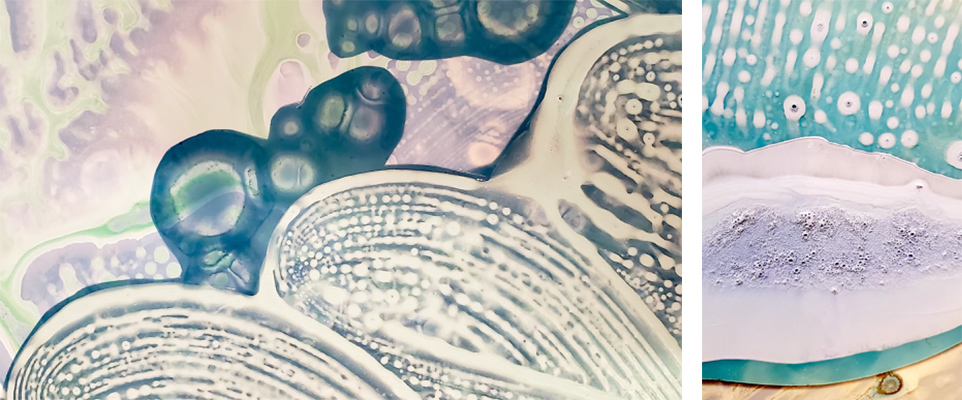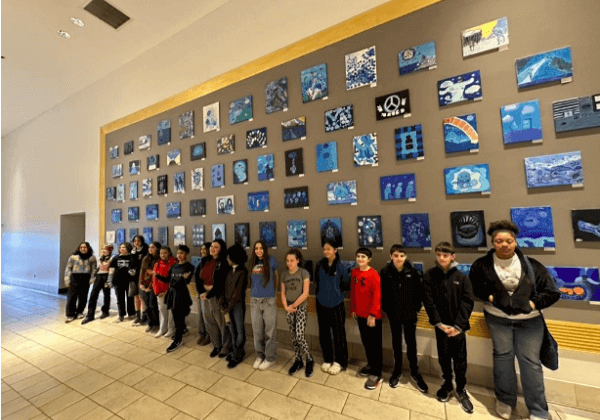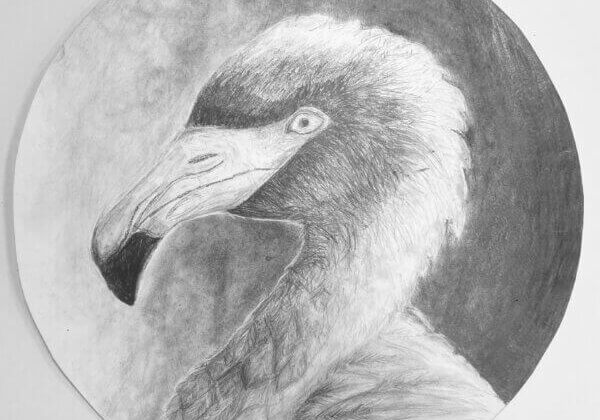Looking At Art

In the world of social media and the internet, one can see hundreds if not thousands of works of art online. We sift through hundreds of years’ worth of art through clicks and swipes, but in the end, are we really seeing and understanding how and what they are communicating? When we look at a work of art in person, the beauty of it is, it is a physical object that is a handmade object that an individual have made. We see the physicality of the materials, and we also know the mind of the author at work in the visual decisions they have made to create a unique object. There is an intimate space between the artist and the viewer when looking at a work of art in person. The moment of engagement is one element that makes looking at a work of art in person so great. In individual paintings, a mark or gesture registers speed and retains a particular physical presence of the hand and the decision of the artist to allow it to remain in place. These nuances flatten out when looking at an image digitally, they become a graphic representation of actual activity. A similar thing can be said about looking at a work of art in an art history book. The major difference between social media representing woks and textbooks is that there is some level of value that has been applied to the works in books that are housed in museums.

Detail of Limitlessness and a Strange Desire, 2015, Dennis Hollingsworth, 48 x 36 inches, 122 x 91.4 cm, Oil on canvas over wood panel. Image courtesy of the author.
I did an interview with Elle McLogan for her video CBS report The Dig, where I indicated social media is an excellent way to get the conversation started about works by artists. In some ways, the discussion about art begins and ends with social media, in that it is and should remain an initiation. When you compare a digital image to an actual work of art, one begins to realize and see the enormous differences between the two. It’s similar to that of looking at a photograph of the Eiffel Tower in Paris whereby a few things may happen. One may recognize the tower, memories, and feelings flood the conscious mind. Perhaps even a euphoric feeling bubbles to the surface as we remember the view of Paris from on top of the Tower. The snapshot and image are a graphic distillation of moments from a lived experience. And if you’ve never been to Paris to have an association with the Tower, then looking at an image of the structure can be considered and scrutinized for the formal qualities, all of which can have some benefits as well. However, the most compelling part is when you have two modes: experience and the representation, occurring at the same time, the experience is richer. When one looks at a work of art through a screen, not having seen it in person, one is only experiencing part of the whole. To say one enjoys and ‘likes’ a work of art that has never been viewed in person is the equivalent of saying one has had real sex by watching porn. It’s just not the same thing.

Installation shot of the exhibition Todd Bienvenu “Dad Bod” at Galerie Sébastien Bertrand, Geneva, Switzerland. Image courtesy of Todd Bienvenu.
In contemporary life, we live in a world where we are inundated and flooded by images. For a lot of artists, social media platforms have become a place for seeing work sharing images, having discussions, and sharing information. The platforms have been great because it has catapulted artists’ visibility to a broader audience and has made artworks that might have been once considered provisional, becoming more recognizable and accepting. Some galleries find new artists based on the number of followers one has and who is following them. People who are serious about collecting or if they acquire based on taste without the notion of purchasing an investment are finding more art and artists online, which in the end is all good. But as the nomenclator would suggest, apps, blogs, and sites are platforms or better yet launching pads, and an request to take a more in-depth closer look.

“Dad Bod”, 2019, acrylic on canvas, 84” x 96”. Image courtesy of Todd Bienvenu.
An excellent example of an artist who has high visibility online with a following of over 17K people to which has contributed to some of his success is Todd Bienvenu. Bienvenu paints images of the everyday and narrates his self through his unique sensibility. His rendering of the human form recalls that of Picasso’s neo-romantic period and closer to that of Beckman. When his images are viewed on a screen, the appeal is the graphic representation of the subject matter, i.e., the humor: a naked, middle-aged man posturing that of a hunter while preening over its kill, a skinned bear. Yes, the image is comical; however, the pleasure of the painting may be lost if it’s only experienced on a screen; one would only get the joke. The strength of the work sees the physicality of how the painting is made. The boldness of the brush strokes is balanced by the fleshiness of tone to describe reflected light. The size of the painting is large, it fills our vision. The speed in which the picture is executed almost seems anxious, as if Todd was working quickly to get the image onto the canvas. These attributes can only be appreciated to see the work in person.

Artist Studio, with work in Progress. Image courtesy of Todd Bienvenu
Without a doubt online is an essential tool for the artist; however, let’s not forget; artwork is physical handmade objects to be experienced in person. Keep visiting galleries, museums, and studios to see the works of art in person. It is the opening to looking inside the privacy and intimate space of the mind of an artist.




